Dental caries, also known as decay or cavities, are holes that damage the tooth structure. In the US, dental caries is the most common chronic childhood disease. It is also the most common cause of tooth loss. Four key factors are involved in the formation of caries: the tooth, bacteria, sugars and time.
With better oral hygiene and prevention methods like fluoride and sealants, we can help prevent decay from happening.
As children, we tend to develop cavities on the biting surfaces of our teeth. As we age, the decay usually forms in between our teeth and on the root surfaces. A person may not even be aware that they have decay until it destroys so much tooth structure that they are in pain. Regular “check-ups” with the dentist and radiographs (x-rays) can help diagnose caries at an early stage.
Treatment
Fortunately, we can restore your teeth with fillings. The goal of treatment is to preserve the tooth structure and prevent further destruction of the tooth. The majority of times we use “white” composite fillings. They are similar in color and texture to natural teeth. More importantly, they bond to the tooth structure, not just “fill” in a hole like the “silver” fillings. When doing a silver filling, more tooth structure is taken away to retain the filling. With a bonded white filling, we can be very conservative and remove only the decayed area therefore preserving your tooth!
Post Operative Care
Sensitivity to hot and cold is common for a few days or weeks following a dental procedure. Usually, the larger the cavity, the more sensitive the tooth will be. If you feel the bite needs to be adjusted please call for a simple appointment.
- Tooth colored fillings have their strength immediately. There is no need to wait to eat or drink. It is recommended to be careful of biting your lips or tongue if an anesthetic was used.
- The gum tissue around your tooth and the area of the injection may also be sore but this will only last a couple of days.
- The restoration may have a different texture and contour than your original tooth but you will become accustomed to this in a few days.
- As with natural teeth, avoid eating excessively hard foods such as ice and hard candies as they can create stress fractures to your teeth and restorations.
When a tooth has a cavity Dr. Gurin or Dr. Hill removes the decay and any old filling if present. The hole is then filled in with a restorative material to support the tooth. The ideal filling should be no more than 50% of the tooth. If it is larger the tooth cannot support it and a crown or “cap” is indicated.
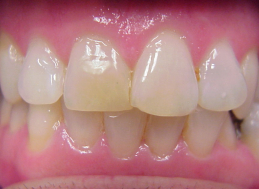 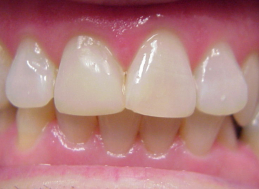 |
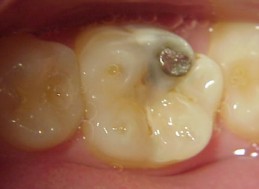 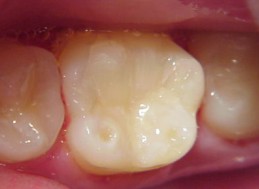 |
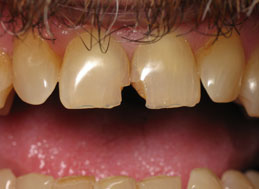 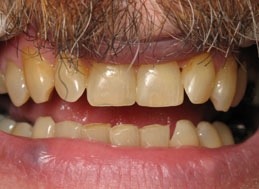 |


Follow Us!